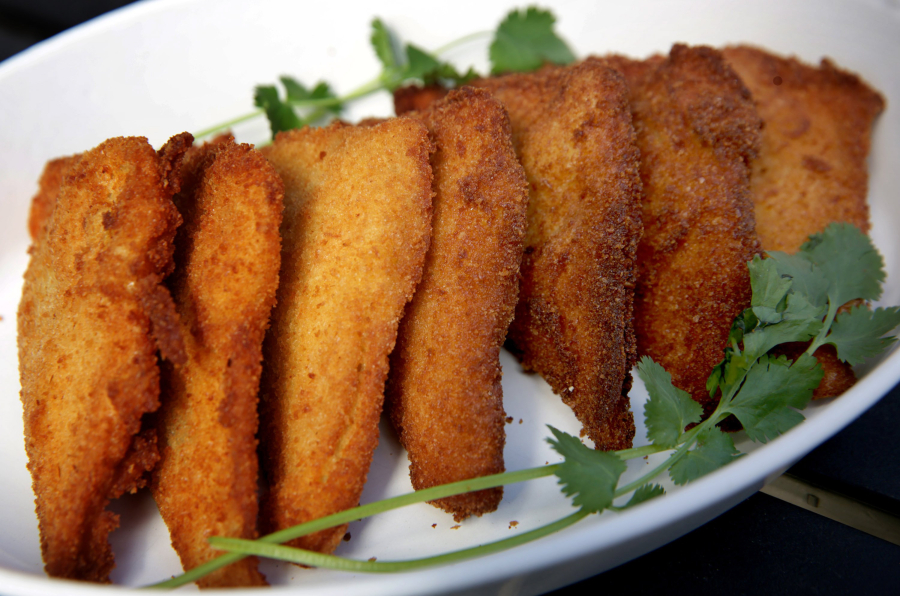I am not Muslim. So when I thought about Iftar, I’m afraid I had some misconceptions.
Iftar is the evening meal that breaks the daily fast during the month of Ramadan. The ninth month of the Muslim calendar, Ramadan is a time of prayer and reflection and restraint from sin and pleasures of the flesh. The holy month begins with the first sighting of the crescent moon, around April 2, and ends around May 2.
Those Muslims who are able are obligated to refrain from eating and drinking between dawn and sundown every day throughout the month. The predawn meal, called suhur, is counted on to provide energy to get through the day. The evening meal, iftar, is meant to satisfy the day’s hunger.
I had assumed that a certain group of dishes would be served for iftar, at least for cultural reasons if not specifically religious ones. This is why assuming is generally a bad idea. It turns out that for iftar you can serve basically whatever you feel like eating.



